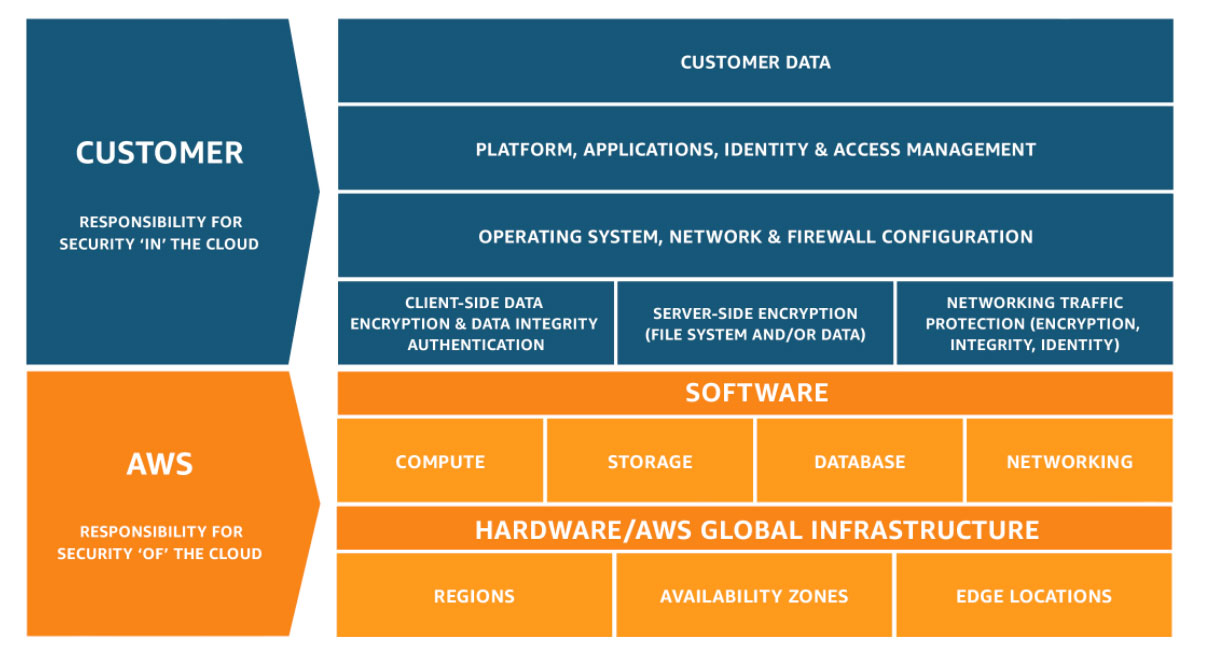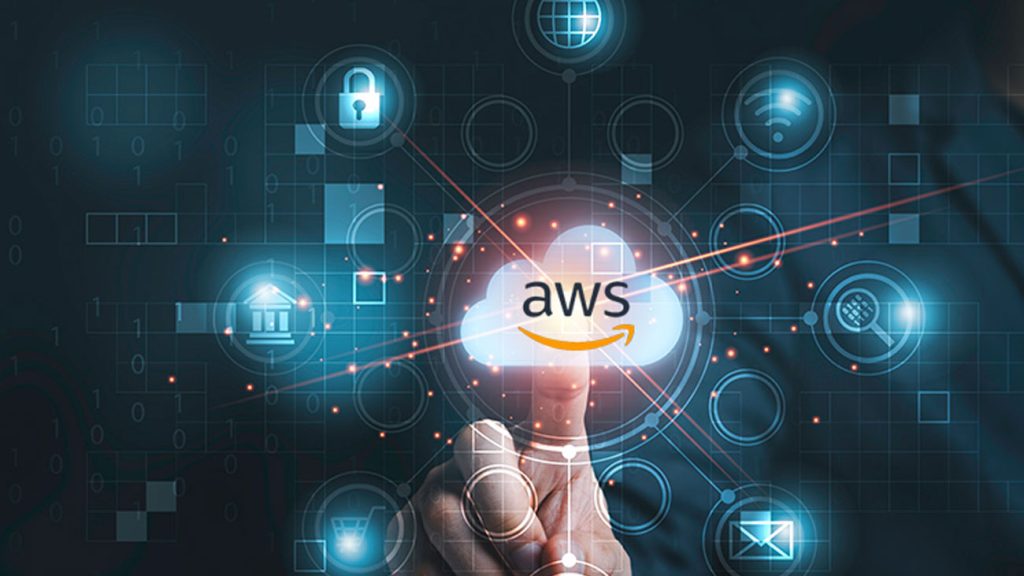In this short series, I outline the notes that I took while preparing for the AWS Cloud Practitioner exam.
These are my personal notes that I have made while working through the A Cloud Guru exam practitioner course. They are in no way official notes from AWS.
I would advise you that if you do use my notes to help you revise for this exam, that you use them as a supplement to the most recent information in the White Papers, Exam Guide and go over your knowledge with practice exam papers.
Previous notes within this blog series:
- Cloud Computing and the Topics To Cover
- AWS Global Infrastructure
- AWS Cost Management
- Identity Access Management (IAM)
- Simple Storage Service (S3)
- CloudFront
- Elastic Compute Cloud (EC2)
- Roles
- Load Balancers
- Databases
- Domain Name System
- Elastic Beanstalk
- CloudFormation
- Architecting for the Cloud Best Practices: Part 1
- Architecting for the Cloud Best Practices: Part 2
- Global and On Premises AWS Services
- CloudWatch 101
- Systems Manager
- How AWS Pricing Works Whitepaper
- EC2 Pricing
- AWS Budgets vs AWS Cost Explorer
- AWS Support Plans
- Tagging and Resource Groups
- AWS Organizations & Consolidated Billing
- AWS Calculators
- Compliance On AWS
- AWS Web Application Firewall (WAF) & AWS Shield
- AWS Inspector vs AWS Trusted Advisor vs CloudTrail
- CloudWatch vs AWS Config
- Athena vs Macie
- AWS Quickstarts and AWS Landing Zones
AWS Shared Responsibility Model
- AWS manages the security of the cloud, but the security in the cloud is the responsibility of the cloud is the customers.
- Customers retain control of security they choose to implement to protect their content, platform, applications, systems and networks.
- This is no different than they would in an on-site datacenter.

Try and remember the diagram above!
Read the Shared Responsibility page on AWS before you go into the exam! https://aws.amazon.com/compliance/shared-responsibility-model/

